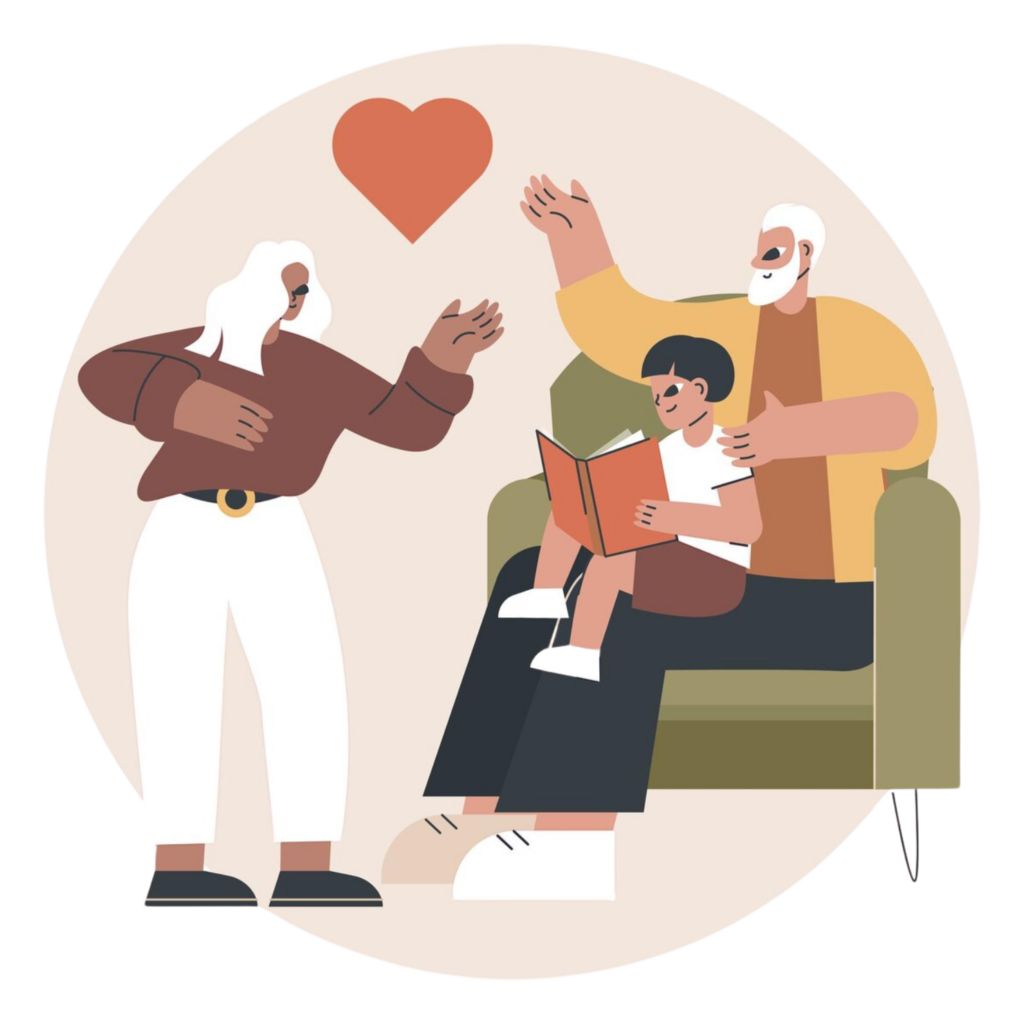By Maeve Gale, Clinical Counsellor – Bridge the Gap
Self-care is often presented as an escape from daily life and its challenges. And sometimes, turning your phone off or having a spa day is a great way to rest and rejuvenate. But at its core, self-care is a sincere commitment to what you value.
We can frame self-care in terms of nourishment: what are you filling your body, your heart, your mind, and your time with? And how is that, in turn, nourishing your community?
The Origins of Self-Care
The self-care movement has radical roots in community care, and as such is inextricable from dynamics of race, gender and class. In the words of Aimaloghi Eromosele:
“The emergence of self-care began in the healthcare setting back in the 1950s, originally used to characterize actions, like personal grooming and exercise, that institutionalized patients could take to practice their autonomy and foster a sense of self-worth.
However, I think all the credit of our contemporary interpretation of self-care is due to the Black Panther Party. In the 1970s, the BPP began to promote a message to Black folks that prioritized looking after their health and well-being, noting that our own wellness was essential in order to remain resilient in the face of relentless systemic and medical racism.”
The history of self-care is part of a vital movement towards freedom and deserves much more space than this blog post. I encourage you to read more in the resources provided at the end.

What Self-Care Isn’t
A One-Time Fix
Real self-care is an evolving practice that involves continuous self-reflection. Just as you and your life changes, your self-care practice will too.
One Size Fits All
Self-care involves making decisions in line with your own values and needs. What is meaningful for one person may not be for another. For example: if you’re in recovery from an injury, self-care might involve a solid commitment to daily physiotherapy exercises. But if you’re in recovery from an eating disorder that has involved a difficult relationship with exercise, self-care might involve finding more gentle forms of movement and listening to your body’s needs for rest.
Purely Pampering
It’s not as simple as buying a new day planner or a croissant. Don’t get me wrong, I am pro-baked goods! But seeking only these types of external self-care keeps us looking outward. It can keep us trapped in a system that tells us we can individually buy our way into value alignment, rather than practicing internal and collective care.
Selfishness
The idea of caring for ourselves sometimes gets mislabeled as selfish. But many aspects of genuine self-care (including how we handle conflicts, invest our money, and spend our time) have a big impact on the health of our community.
Most of us have heard the metaphor about putting on your own oxygen mask before helping others put on theirs. But it goes even further than that. Self-care doesn’t come before community care; it’s an essential part of it. When we practice sustainable self-care, we have the energy to care for others – and we can shift our relationships, our workplaces, and our broken systems.

What Self-Care Is
Self-care is intentional actions for well-being. We can generally divide self-care into the five categories below. (Of course, these categories aren’t completely separate, and there can be lots of overlap.)
Social – Reaching out, building supportive and reciprocal relationships, mutual aid, setting boundaries.
Examples: going for a walk in the forest, volunteering, meditating.
Spiritual – Nurturing your spirit and sense of purpose, engaging in connection practices, and exploring your values and beliefs. This does not have to be based in religion – some people describe it as a sense of awe, or connection to something bigger than yourself.
Examples: going for a walk in the forest, volunteering, meditating.
Mental – Stimulating and resting your mind – learning new skills and ideas, taking breaks, and engaging in mindfulness practices.
Examples: listening to an educational podcast, visiting a museum, taking a class.
Emotional – Connecting to and understanding your emotions.
Examples: journaling, art-making, going to therapy.
Physical – Caring for your physical body through elements such as nutrition, movement, and sleep.
Examples: eating regularly, taking your medication, stretching.

Creating a Self-Care Plan
So with all of this information – how to put it into action? Everyone’s self-care plan will look different, but there are three elements to keep in mind:
Assess Your Needs – make your plan fit you, your life and your community, because there will always be ‘shoulds’ out there.
Set Realistic Goals – make your self-care sustainable. It can be helpful to consider which of your self-care activities are quick daily practices, and which are weekly or monthly self-care ideas that take more time and energy.
For example, if you are focusing on creating a kinder relationship with your body, a daily practice might be mindful stretching or writing a body gratitude list. Weekly/monthly practices might include listening to an anti-diet-culture podcast episode or going to a body image therapy group.
Make it a Priority – incorporate self-care into your daily life. This means making time, not just finding it!

References & Resources
Reading
Listening
Struggle Care – KC Davis

